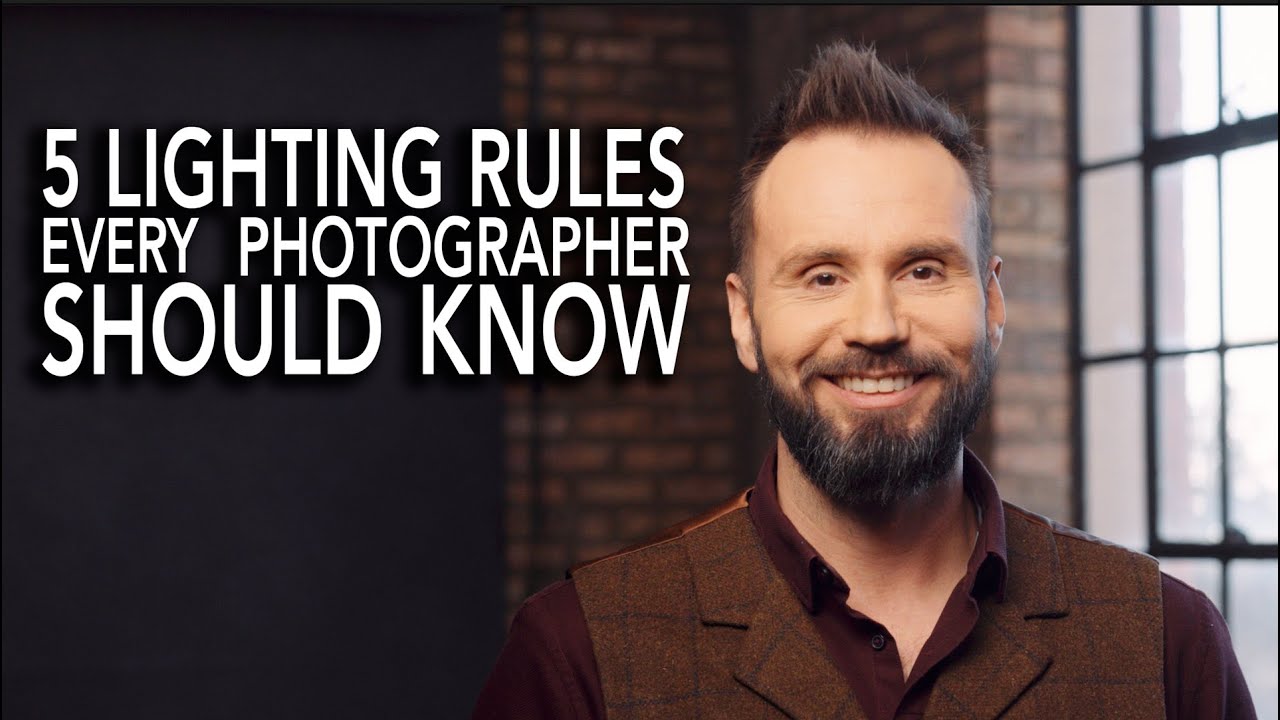5 Lighting Rules Every Photographer Should Master
So in today’s video John Gress wants to share with you five key lighting concepts that will help you understand lighting and help you to harness it’s power the next time you’re in the studio or on location. Hopefully, without any pretense and hopefully with the most simple language possible.
The first law we’ll discuss today is size = softness. I have always heard it defined as the larger the light source is relative to your subject (basically how big it looks from their perspective) the softer it will be.
The opposite is true as well. The smaller the light source looks to the model, the more crisp the shadows will appear.
So let's look at two portraits of the same model. One where the light source looked very small to the model, and one where it look rather large. If we look at the shadow from his nose in both images you’ll see that it's very sharp with the small light source and quite subtle with the large source.
2. Angle = Texture
Having your light at an angle to the subject will result in more shadows and therefore more texture than if it were head on
3. More Bouncing = less contrast
When light bounces around a room that light brightens the shadows and decreases contrast. This could either help to produce more dynamic range and more pleasing skin texture or if could prevent you from getting the crisp results you’re trying to create.
4. Inverse Square Law
(Doubling the distance eats up two stops of light. Or halfing the distance = 4x the light.)
You lose two f-stops worth of light every time you move a light twice as far away from the subject. This means that moving a light that’s close to your subject will have a bigger impact on exposure than it will if you move a light that is across the room a few feet. Once you understand this fall-off principal you can start to make all kinds of decisions when it comes to designing your set and your lighting setup. For instance. If your background is too dark and you only have one light, move it closer to your model or move everything closer to the background. If you’re using a v-flat to bounce your main light back into the shadows and your shadows are too dark, move the Vflat closer to the subject.
5. Color Changes Mood
We associate sadness and cold with blue and happiness and warmth with yellow. So adding a little bit of color with gels to our scenes we can change the emotion of the shot.
















0 comments:
Post a Comment